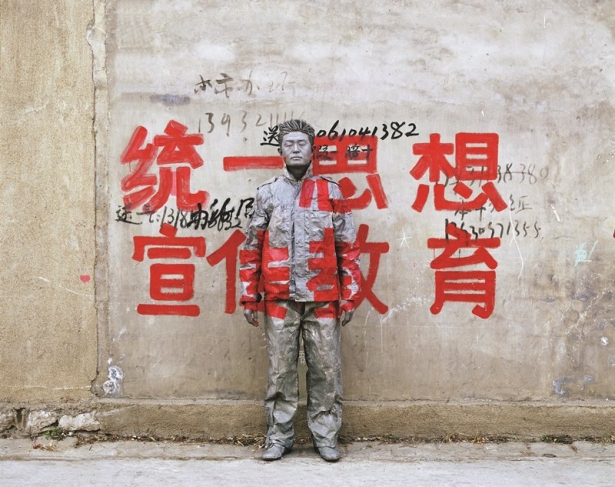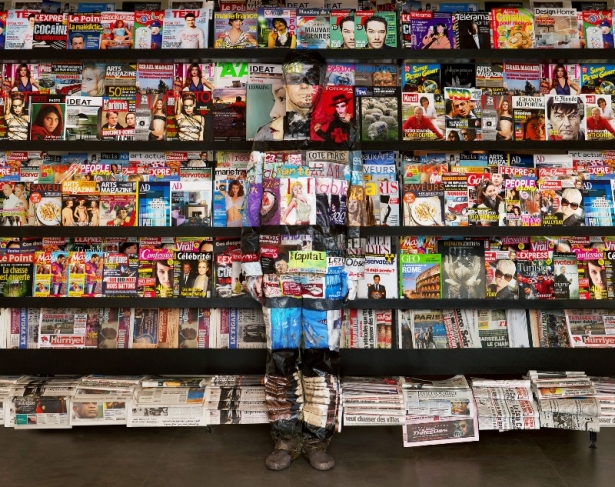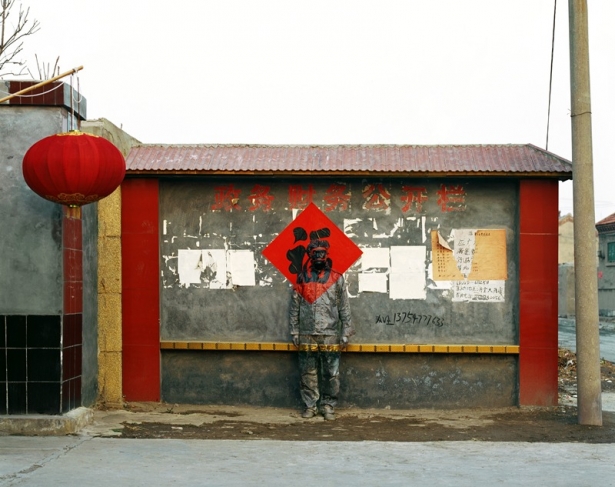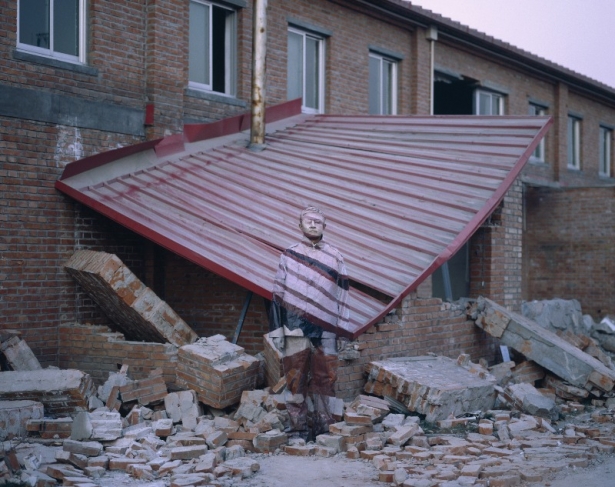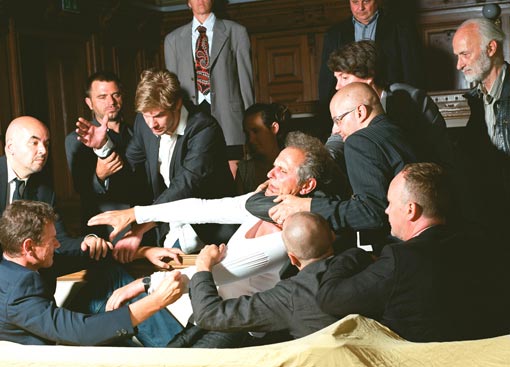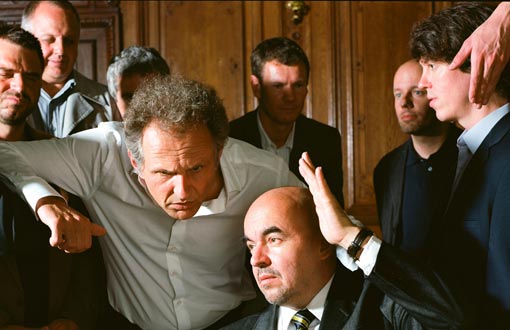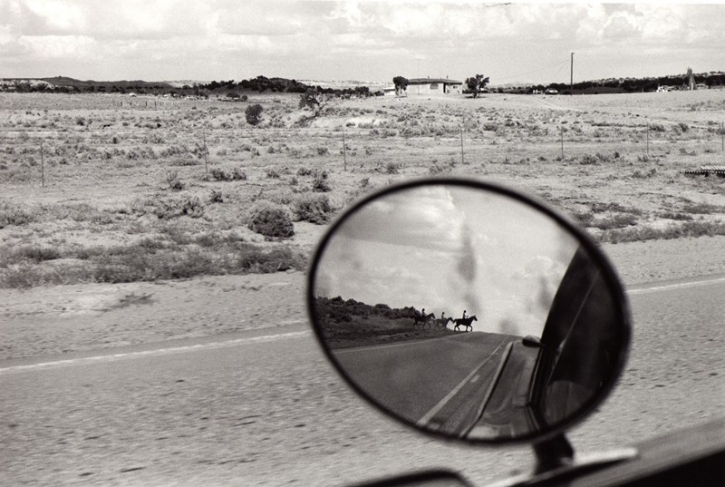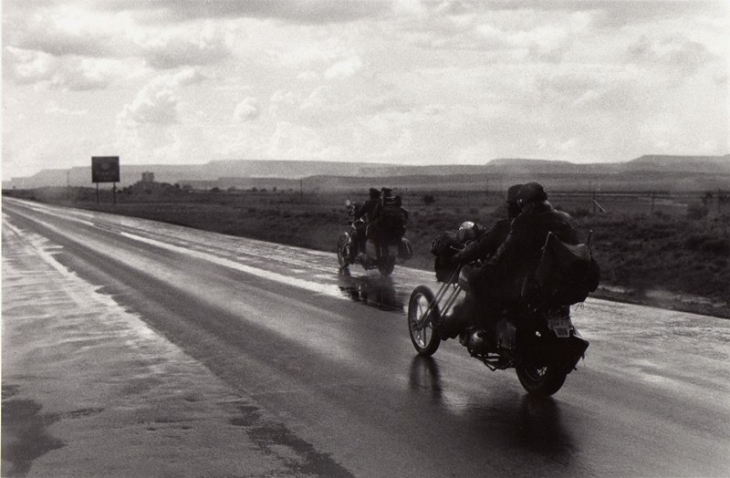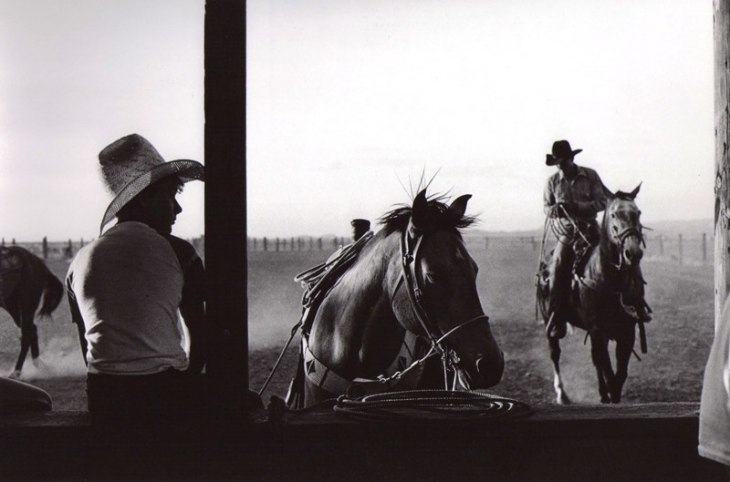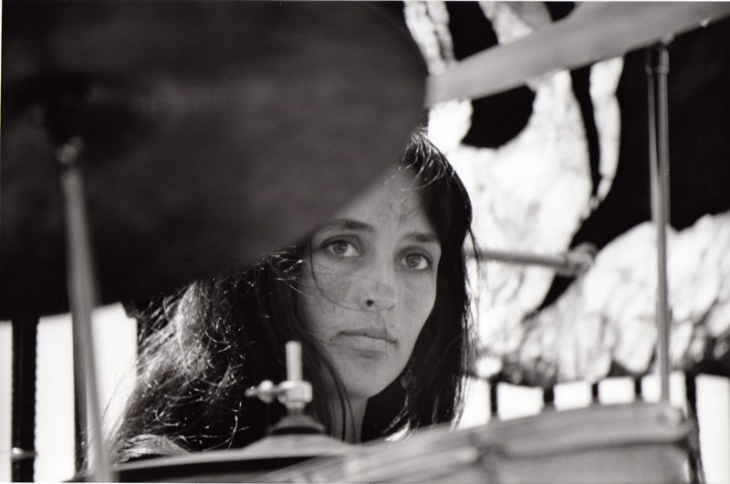All exhibitions
Photobiennale 2012
In frames of the 9th International Month of Photography in Moscow
March 13 - May 13, 2012
Liu Bolin "HIDE IN THE CITY"
Organizers: Moscow City Government, Cultural Department of Moscow, Multimedia Art Museum, Moscow / Museum "Moscow House of Photography", Ekaterina Cultural Foundation, Paris - Beijing Gallery, Paris
Supported by: MasterCard
In the frames of the 9-th Moscow International Festival "Photobiennale-2012" MAMM, Ekaterina Cultural Foundation and Paris-Beijing Gallery present the exhibition of works by Liu Bolin - famous Chinese photographer, well known under the pseudonym "The Invisible Man".
Liu Bolin was born in 1973 in Shandong province. In 1995 he graduated from the Academy of Fine Arts, in 2001 received his master’s degree at the Central Academy of Fine Arts majoring in sculpture.
Liu Bolin is the bright representative of the "New Art", appeared as a result of the changes, which took place in the former socialist countries. Liberalization, modernization, democratization has affected all aspects of life in modern Chinese society. Liu Bolin’s art formed under the influence of the bipolar Chinese cultural model in which traditions and foreign impact, old and new are in continuous interaction and contradiction. Dynamically-changing surrounding reality creates the need for the ability to change colour under the surrounding reality like chameleon. Mimicry - the property that is sometimes necessary to modern average person to minimize the discomfort of being in the society.
The "Urbanistic Camouflage" series by the author is dedicated to a person devoid such individuality, which could make him noticeable in crowd. It is human being in such, his body is motionless and has no expression, eyes closed as if he looked into himself introspecting. The personages are not present here, in the real word, they are missing and leave a surreal impression. Individuality is truly blurred and incredulous man prefers to disappear and get lost among the scenery. The figure of the standing human may be unnoticed, lost in the background. At the forefront you can see a carelessly passing slogan, which leaving its trace and anyway modeling the shown person's way of perception.
In the process of his creative work Liu Bolin draws a wide range of media: sculpture, performance, body art, photography, and all this at the same time. Human figure itself turns into a sculpture, decorated with body art. It gradually merges with the background, while disappear. And only at the end the photography is acting.
G.R.A.M. "THE HOUSE"
Organizers: Moscow City Government, Cultural Department of Moscow, Multimedia Art Museum, Moscow / Museum "Moscow House of Photography", Ekaterina Cultural Foundation, Christine Kenik Gallery, Vienna
Supported by: MasterCard
The Austrian artist group G.R.A.M. was founded in 1987 in Graz. Gunther Holler-Schuster and Martin Behr live and work in Graz.
The House
Here we see something coming together that actually does not belong together. When the parliamentarians let off steam in their verbal disputes by means of force, democracy reveals an absurd side. Common sense says that the use of force stands in contradiction to a civilized political culture, which parliaments should seek to uphold. Yet all over the world disputes on different practical issues result in physical confrontations. Pictures of more or less outright scuffles can also be found in parliaments in Asia and Europe, and more recently well-known cases of such incidents have taken place in South Korea, Thailand, Ukraine and Turkey.
Press shots capture these momentary impressions of political agitation – usually displayed by men.
What we see are groups of individuals frozen in a certain posture, with parliamentarians being strangled or beaten, shoved, kicked and the like. In such scenes the depictions of heightened passion recall (Baroque) paintings with their religious motifs: light-and-dark scenes, teamed with mannerist poses, pathos-laden arm positions, grimacing or bodies in dynamic contortions.
G.R.A.M., an artists' group from Graz, has singled out ten motifs from scuffles in international parliaments and had extras reenact them in a real-life political location – the municipal assembly hall of the City of Graz. This reenactment refers to different readings of contemporary pictorial documents, exploring the realism of the medium of photography. The staging of spontaneous acts is both disorienting and unsettling and also raises issues. What are the reasons for aversions among men? Is it a depiction of reality or a performative act?
With the reenacted series of politicians that have resorted to physical force G.R.A.M. also constructs a thematic link to their project of 1999 Unschuldige Anarchisten (Innocent Anarchists), in which scenes from the slap-stick-style Stan & Olli films were reenacted.
New Publication, including "The House":
Reenactments (1998 - 2011), Ediciones Pol?grafa, Barcelona, 2011, (German/English) ISBN: 978-84-343-1294-4
Bernard Plossu "From California to New Mexico. Southwest America, 1966 - 1985"
Organizers: Moscow City Government, Cultural Department of Moscow, Multimedia Art Museum, Moscow / Museum “Moscow House of Photography”, European House of Photography, Ekaterina Cultural Foundation, with the support of the French Embassy in Russia
Curator: Agnes de Gouvion-Saint-Cyr
Supported by: MasterCard
A frenchie's American Southwest
Paris kid at the end of the 50's, we were going to see, my father and I, Westerns movies at the movie theatres! This was my first contact with the USA: wide-opened spaces on the cinemascope screens.
Then at 14 years old, in 1959, arrive the records of Elvis Presley! crazy! all my generation listens and dances!
From 1961 to 65, jazz was what mattered: we were going to the concerts at the Olympia Theatre, to see Monk, the jazz Messengers, or in jazz clubs like the Chat qui Peche or the Blue Note in Paris: again American culture!
In 1966, American friends met in Mexico, where I had gone as a student, take me for the summer on the Californian coast of Big Sur, and in Haight - Ashbury in San Francisco: I am right at the very start of the Hippie movement,
spending time also with Beatniks from the generation before mine.
And thus, all my culture of young frenchman was.... American!
Of all that summer of 1966, I took lots of pictures, met Joan Baez, Allen Ginsberg etc .... !
Finally, that's the way I became a photographer.
In the 70's, I also photographed the USA a lot, for my job, having become bilingual.
And in 1977 I got married there, and on July 14th 1978 was born my first son, Shane .
Then for years I wandered about the American Southwest, looking for the landscapes of these westerns that had haunted my childhood, on the footsteps of Apache chiefs Cochise and Geronimo!
This way I became a hiker, and photographed these wide spaces, but in small prints: 'The garden of dust'.
Then in 1985, I leave forever. I come back in Europe.
And I have thousands of pictures of the American West, on the roads, in cities, in nature, photographing places, women, young people of the new Californian generation:
here are for you these photos, in this exhibition.
Bernard Plossu











